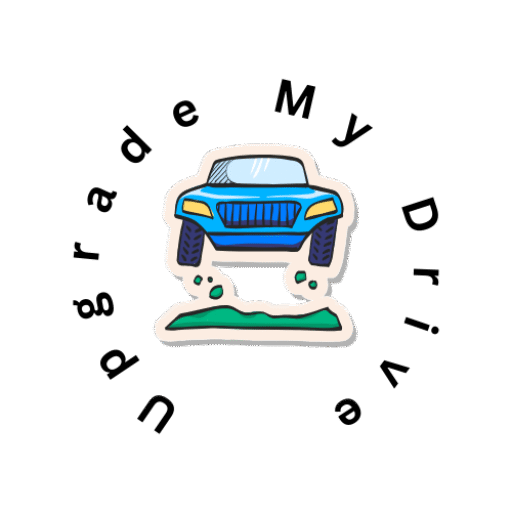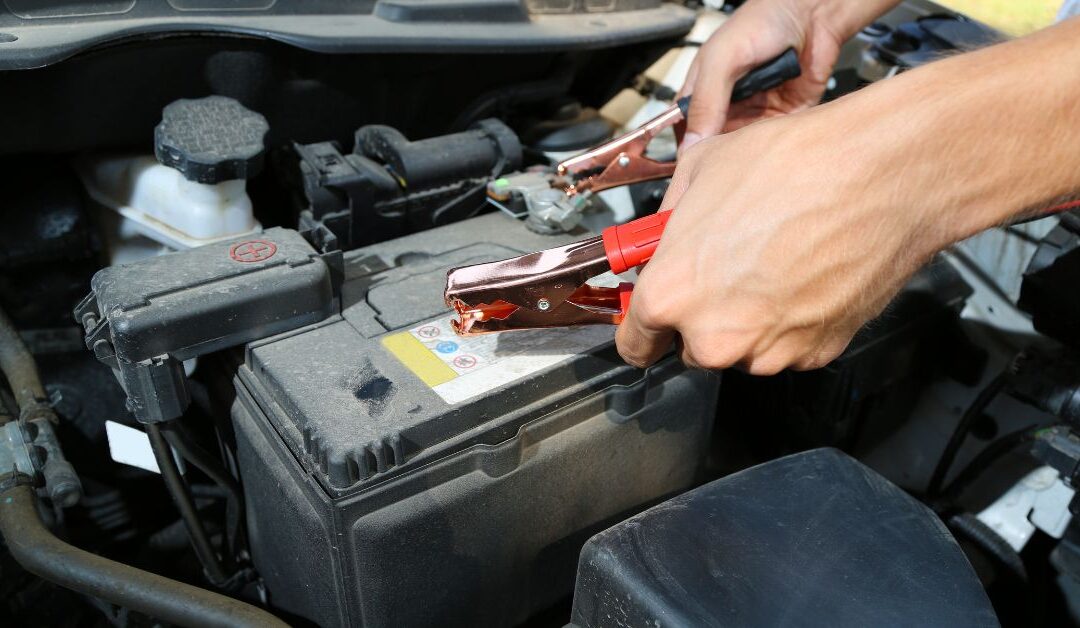Whether you’re a daily commuter or a weekend adventurer, having the right Safety & Emergency Gear in your car can be the difference between a minor hiccup and a major hassle. In this guide, we’ll break down the essential items every driver should keep on hand, explain why they’re important, and give practical tips for using them effectively.
Why Safety & Emergency Gear Matters
Think of Safety & Emergency Gear as your car’s first aid kit. Accidents, breakdowns, or bad weather can happen anytime. Proper preparation ensures that you, your passengers, and others on the road stay safe. Plus, being prepared can prevent minor issues from turning into expensive problems.
Key Benefits:
- Peace of mind: You know you’re ready for unexpected events.
- Enhanced safety: Protects you, your passengers, and other drivers.
- Cost savings: Avoids expensive towing or emergency services.
Must-Have Safety & Emergency Gear
1. First Aid Kit
A well-stocked first aid kit is non-negotiable. Make sure it includes bandages, antiseptics, pain relievers, gloves, and other basic medical supplies. Consider tailoring it for your family’s specific needs.
2. Jumper Cables & Battery Charger
Dead batteries happen. Jumper cables or a portable battery charger can get you back on the road quickly, saving you a stressful tow or call to roadside assistance.
3. Tire Repair & Inflator Kit
Flat tires are common. Having a compact repair kit and a portable air compressor allows you to fix minor issues on the spot and avoid long waits for help.
4. Flashlight & Extra Batteries
A powerful flashlight is invaluable at night or in low-visibility conditions. LED flashlights are durable and energy-efficient. Always keep extra batteries on hand.
5. Emergency Blanket & Rain Gear
Whether it’s cold weather or unexpected rain, an emergency blanket and a compact rain poncho can keep you warm and dry until help arrives.
6. Multipurpose Tool & Gloves
A multipurpose tool (like a Swiss army knife) and sturdy gloves are handy for a variety of emergency situations, from minor repairs to handling sharp objects safely.
7. Warning Triangles & Reflective Vest
If your vehicle breaks down on the road, these items make your car visible to other drivers, reducing the risk of accidents.
Tips for Using Your Safety & Emergency Gear Effectively
1. Regularly Inspect Your Gear
Check your first aid kit, flashlight, and other items every few months to ensure nothing is expired or is damaged.
2. Store Strategically
Keep gear in an easily accessible location in your vehicle, like the trunk or under the seats, so you can reach it quickly.
3. Learn Basic Skills
Knowing how to use jumper cables, change a tire, or administer basic first aid is just as important as having the gear.
4. Tailor Your Gear
Customize your kit based on your typical routes, climate, and the people you travel with. Families with kids, for instance, might need extra supplies like snacks, water, or toys.
5. Rotate and Update Supplies
Replace expired items, check batteries, and update your gear periodically to keep it functional and ready.
Quick Safety Checklist
| Item | Why It’s Important |
| First Aid Kit | Treat injuries and minor medical emergencies |
| Jumper Cables / Battery Charger | Restart dead batteries quickly |
| Tire Repair Kit & Inflator | Fix flats on the spot |
| Flashlight & Extra Batteries | See and be seen in low light |
| Emergency Blanket & Rain Gear | Protects from cold and rain |
| Multipurpose Tool & Gloves | Handle small repairs safely |
| Warning Triangles & Reflective Vest | Alerts other drivers to your vehicle |
Investing in Safety & Emergency Gear isn’t just about being cautious—it’s about being responsible. With a properly stocked kit, you’re prepared for minor mishaps, harsh weather, or unexpected breakdowns.
Start by assembling the essentials, inspect them regularly, and learn how to use each item effectively. Share this guide with friends and family, explore our other tips on Car Care & Cleaning, Lighting & Bulbs, and Performance & Customization, and join our newsletter for more practical car advice. Your preparedness could make all the difference on the road!

